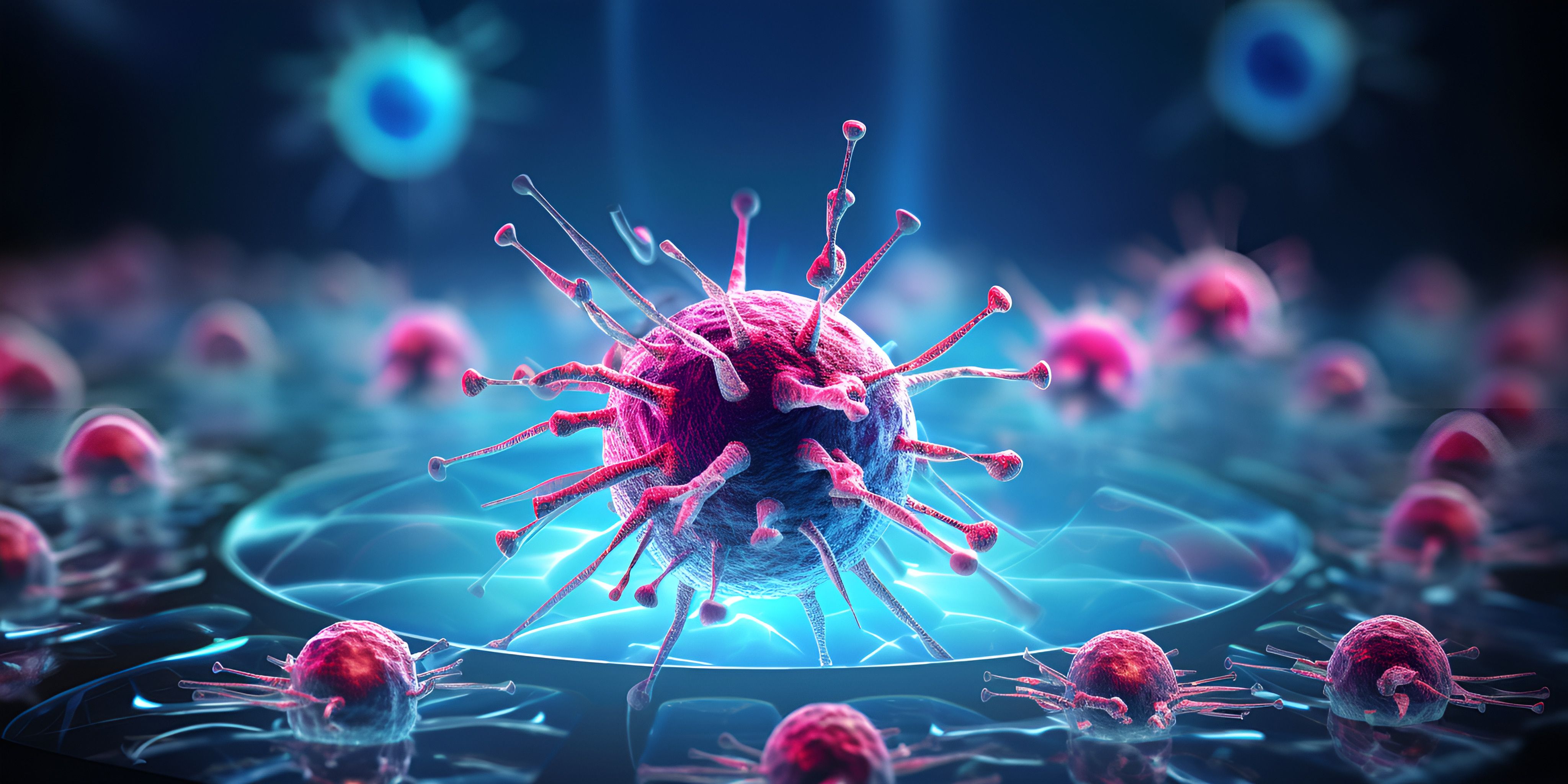News
Article
SARS-CoV-2 RNAemia Shown to be Risk Factor for Disease Severity, Mortality
Author(s):
Investigators found that age and the presence of RNAemia in blood were predictors of mortality in patients with severe COVID-19.
The presence of SARS-CoV-2 viral RNA kinetics in blood—called RNAemia—was shown to be a risk factor for more severe illness and a higher mortality rate from COVID-19, according to the results of a study published in Viruses.
Image credit: Mustafa - stock.adobe.com

Investigators enrolled 95 participants with confirmed COVID-19 from February 2020 to May 2021 at a hospital in South Korea. Plasma samples were collected from blood obtained from participants and were used for the extraction of RNA.
Researchers also collected demographic and clinical characteristics of the patients. The median age of the patients was 64 +/- 18.7 years, with men and women comprising 48% and 52% of the participants, respectively. Many patients had symptoms upon admission, including fever (18%), cough (17%), headache (5%), chills (13%), myalgia (11%), and sore throat (7%).
Patients were categorized by the investigators according to the state of their disease, with groups based off asymptomatic, mild-to-moderate, severe, and critical or fatal illness. This was done to determine the diagnostic characteristics and presence of viral RNAemia. Researchers found elevated percentages of white blood cells in severe and critical or fatal cases, in addition to decreased lymphocyte count.
SARS-CoV-2 RNAemia was not observed in any asymptomatic patients throughout the entire study period. In patients with mild-to-moderate disease, RNAemia was detected in the on-admission samples (2%) and in the week 1 hospital admission samples (6%). Furthermore, the proportion of RNAemia in severely ill patients was 13% in both the on admission and week 1 samples, the results of the study show.
In a substantial contrast, a large proportion of RNAemia was seen in critically ill or fatal patients with COVID-19. RNAemia was detected in the admission samples of 67% of patients, while the presence decreased to 18% in the week 1 samples, the investigators found. None of the collected samples from week 2 indicated a presence of RNAemia.
The investigators calculated the association according to disease severity, which was x2(3) = 48.376, p < 0.001. Thus, the proportion of SARS-CoV-2 RNAemia was directly correlated with disease severity, the investigators determined. Continuing, critical or fatal cases had much higher viral loads in plasma samples than in the other studied groups.
Analysis shifted to examining the correlation of RNAemia with viral copy number in the upper and lower respiratory tract specimens collected. The study authors found that levels of SARS-CoV-2 viral loads were much different between the 2 tracts, with a considerably higher viral copy number (6.14 x 105) in the upper respiratory tract compared to the lower respiratory tract (1.19 x 105, r = 0.47, p < 0.001).
Finally, investigators analyzed the clinical correlation between RNAemia and severity using baseline risk factors. A univariate logistic regression analysis showed that age, upper respiratory viral copy number, white blood cell count, and other factors were significant (p < 0.05). Further analysis indicated that RNAemia and age were predictors of mortality, the study authors determined.
Up until now, RNAemia and its effect on disease severity and fatal clinical outcomes were not thoroughly studied. Some studies had reported RNAemia and disease severity with other clinical aspects, but they failed to reflect disease progression and severity correlated with viral RNAemia, according to the study authors.
The investigators identified central strengths and limitations to their trial. They felt the main strength of the study centered around addressing the presence of RNAemia in follow-up samples that were classified according to illness severity. At the same time, the low sample size of the study and potential variance in the results were the main limitations.
Reference
Lawrence Panchali MJ, Kim C, Seo J, et al. SARS-CoV-2 RNAemia and disease severity in COVID-19 patients. Viruses. 2023; 15(7):1560. doi:10.3390/v15071560
Newsletter
Stay informed on drug updates, treatment guidelines, and pharmacy practice trends—subscribe to Pharmacy Times for weekly clinical insights.






